Complete Solutions to Exercises (Subjective) of chapter CARBOXYLIC ACIDS AND THEIR DERIVATIVES of Class 12 book with complete answers and questions
| Class 12 | CHEMISTRY |
| Chapter | CARBOXYLIC ACIDS AND THEIR DERIVATIVES |
| CENGAGE CHEMISTRY | Exercises (Subjective) |
| Number Of Questions | 19 |
| Academic Year | 2023-24 |
Complete the following reactions :
 .05:09View Solution
.05:09View SolutionComplete the following reactions :
 .View Solution
.View SolutionComplete the following reaction :
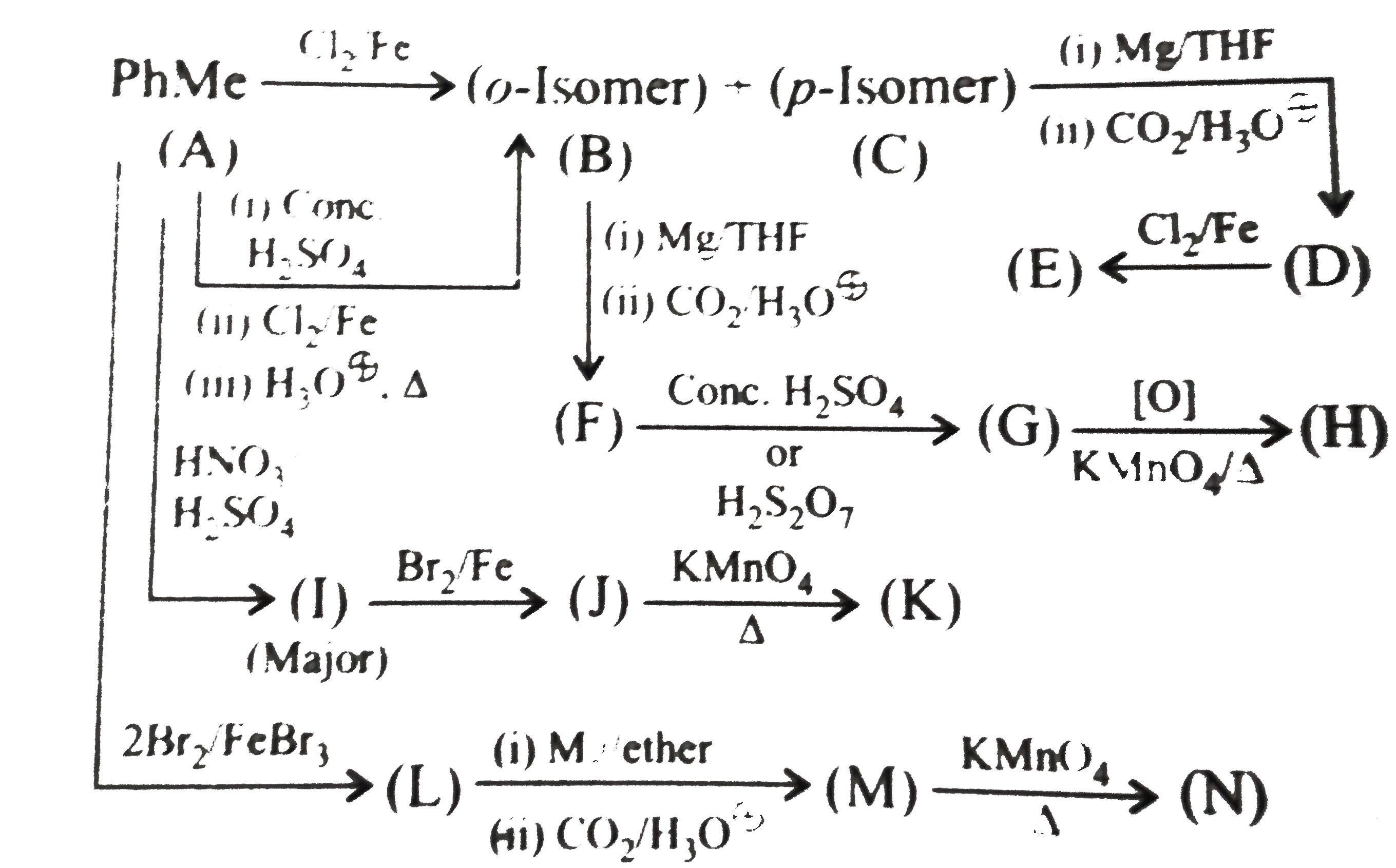 .08:08View Solution
.08:08View SolutionComplete the following :
(a)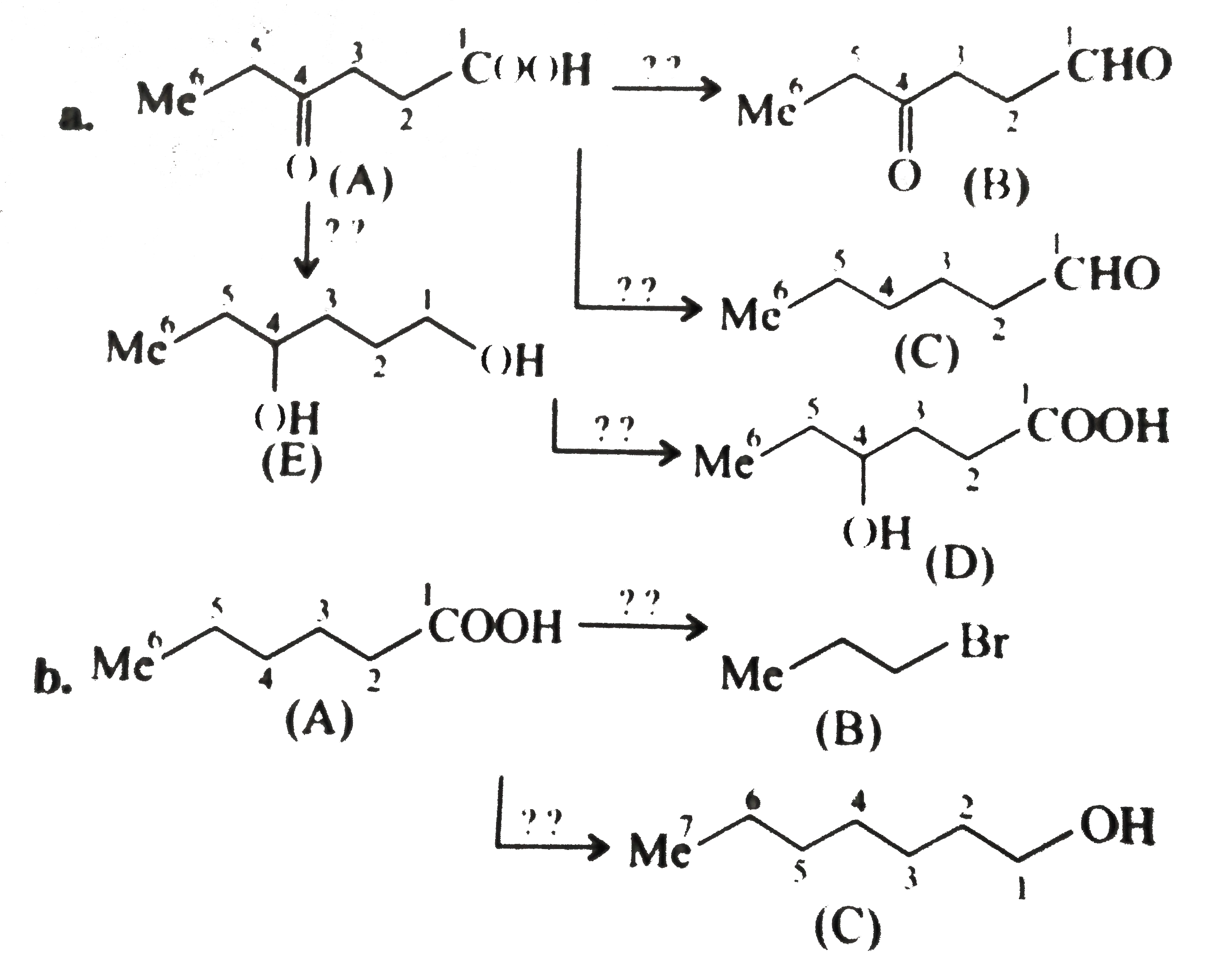
(b)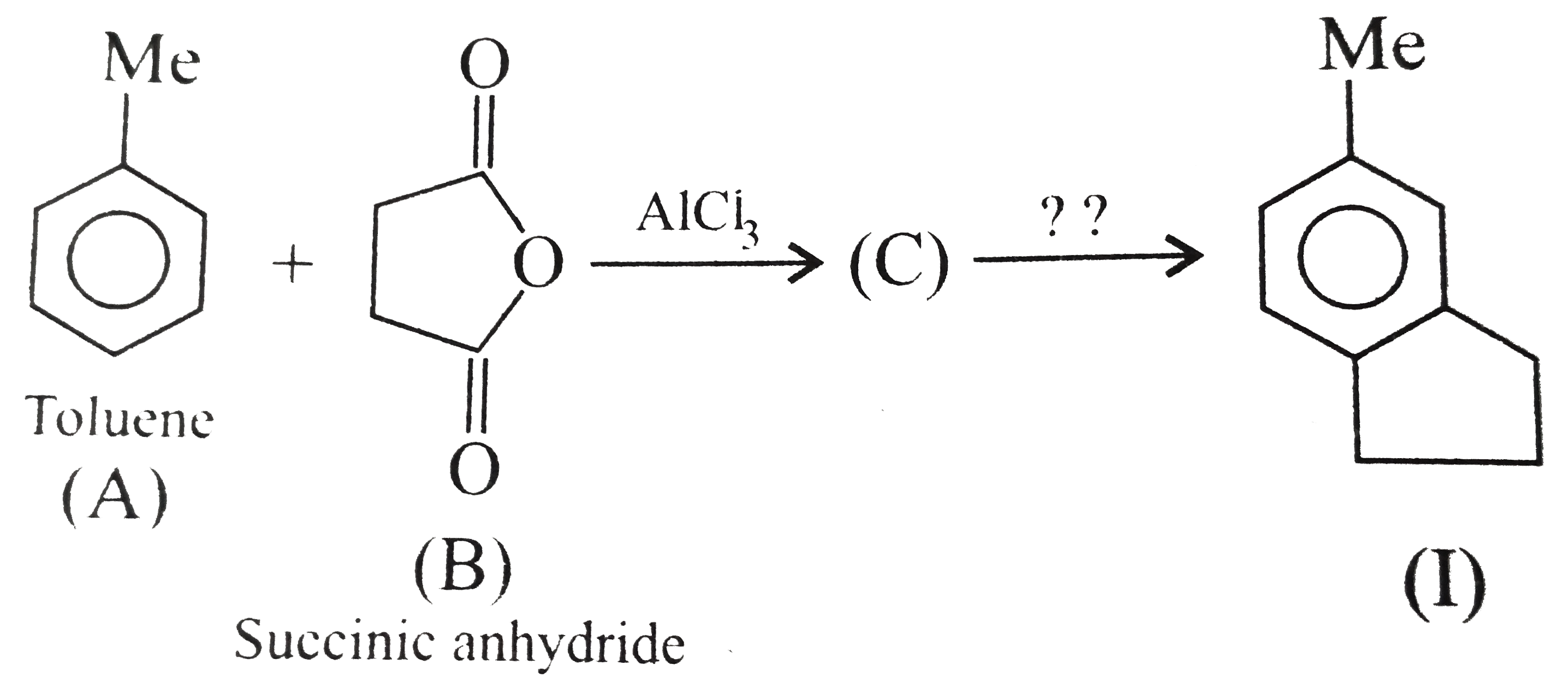
( c)
(d)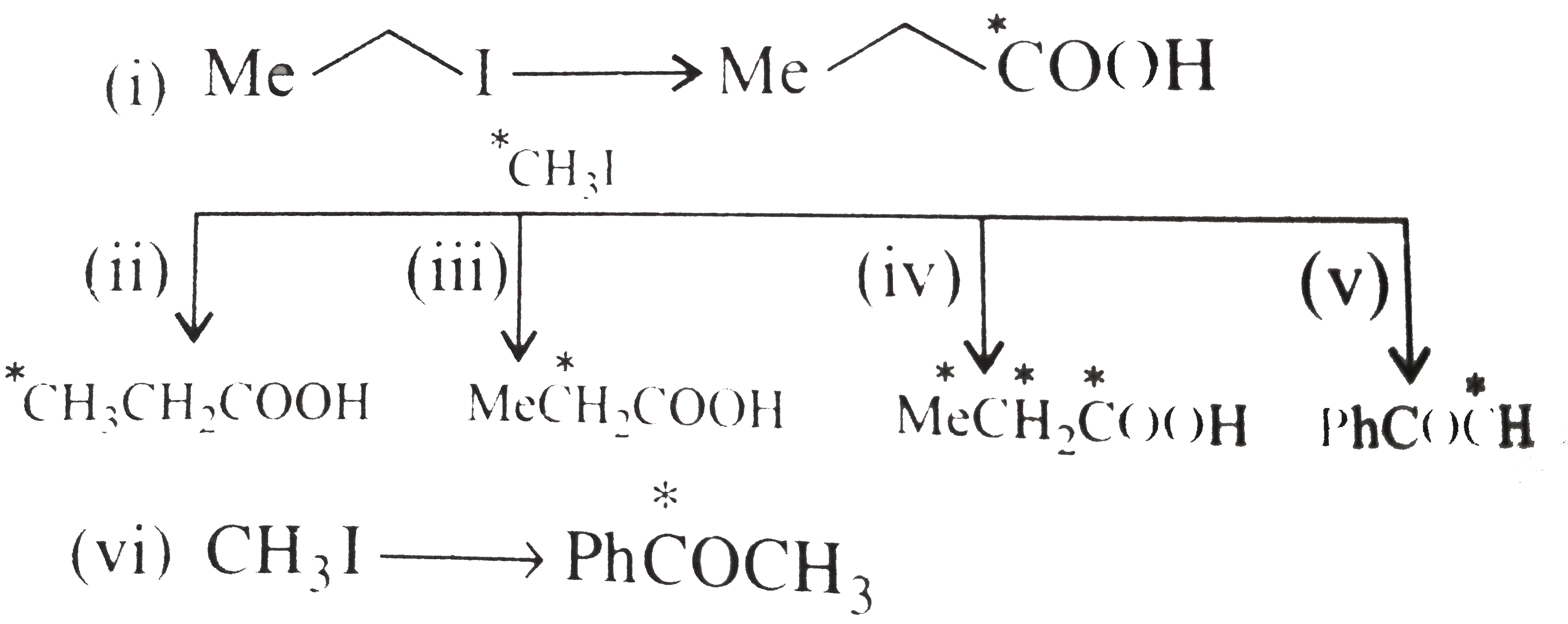
( e)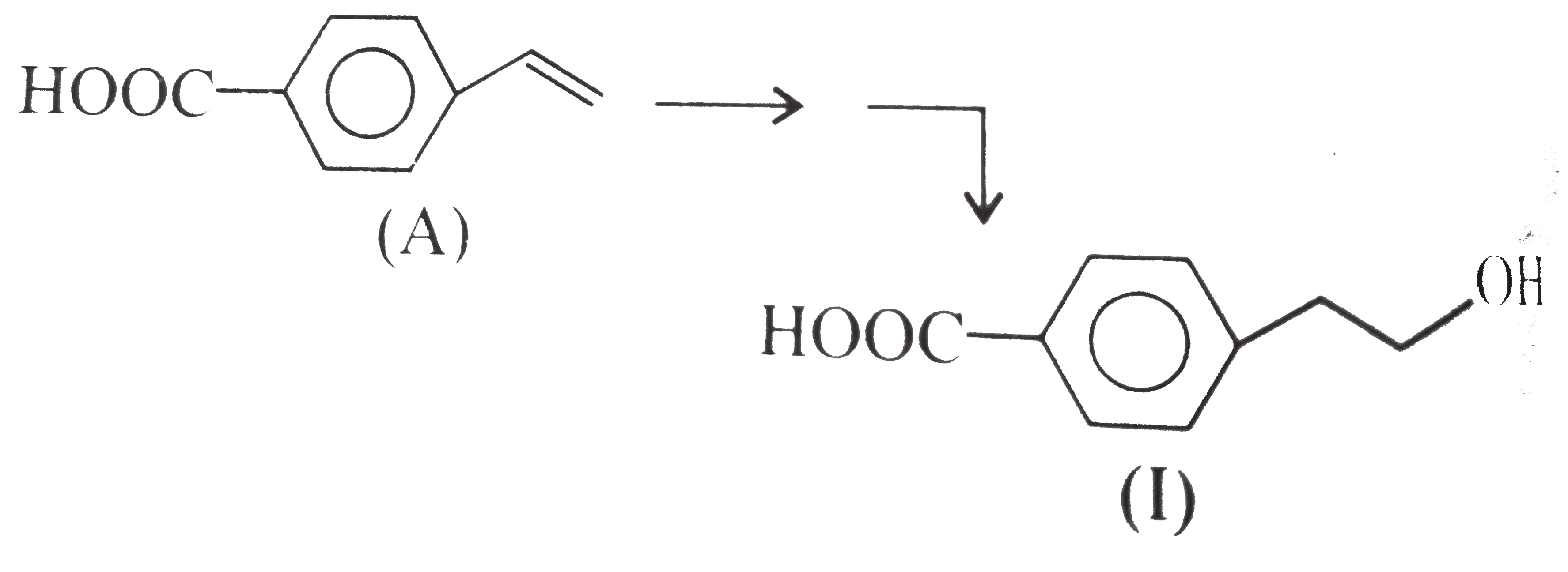 25:43View Solution
25:43View Solution(a) Define the term neutralisation equivalent of an acid.
(b) Find the number of ionisable `H` atoms for a polycarboxyclic acid `(Mw = 210 gm mol^-1)` with a neutralisation equivalent if `70 gm eq^-1`. How many equivalents of `NaOH` would be neutralised by `1 mol` of this acid ?
( c) Find the neutralisation equivalent of mellitic acid, `C_6(COOH)_6`.02:10View SolutionNeutralisation of `0.3504 gm` of acid `(A)` requires `27.24 ml` of `0.15 M NaOH`, and the `Mw` is found from the mass spectral data to be `172.1 gm mol^-1`.
(a) Calculate the `N.R` of `(A)`.
(b) How many ionisable `H` atom are there in `(A)` ?02:12View SolutionWhich carboxylic acid `(B) (N.E = 52 gm eq^-1)` loses `CO_2` when heated to give an acid `( C) N.E = 60 gm eq^(-1)` ?
01:58View SolutionDefine saponification equivalent `(S.E)` of an ester.
(b) When is `S.E` equal to molecular weight of an ester
( c) What is the `S.E` of diethyl fumarate ?
(d) Identify `(A)` as methyl or ethyl cinnamate from the following data :
`0.75 gm` of `(D)` is refluxed with `100.0 mol` of `125 M KOH`, and the excess `KOH` is neutralised by back titrating with `27.5 ml` of `0.3 M HCl`.05:02View Solution(a) Optically active compound `(A)` with a pleasant smell has a saponification equivalent `(S.E) = 186`. If shows the following reaction.
(i) `(A) overset(Br_2) underset(C Cl_4)rarr NO` reaction
(ii) `(A) underset(H_3 O^(oplus))rarr underset("Soluble in" NaOH) ((B) and (C))`
Both `(B)` and `( C)` are chiral.
(iii) `(C) overset(I_2 + overset(Ө)O H)rarr` Positive test
(iv) `(C) overset(Conc.) underset(H_2 SO_4)rarr (D)` (No diastereomers)
(v) `Ag` salt of `(B) overset (Br_2) rarr (+-) (E)`
(vi) `(C) overset(TsCl)rarr overset(NaBr)rarr (E) (Chiral)`
Identify `(A)` to `(E)`
(b) How do the structures of `(A)` to `(E)` change if
(i) `(D)` exists as diasteremers.
(ii) `(C)` gives negative iodoform test.14:53View SolutionThe percentage of carbon, hydrogen, and nitrogen in an disibstituted aromatic compound `(A)` is `71.11, 6.67`, and `10.34`, respectively. It molecule contains a single atom of nitrogen. Compound `(A)` evolves `NH_3` when heated with `NaOH` to form a salt `(B)` from which an acid `(C)` is obtained on acidification. If an electrophilic substitution is carried on `(C)`, a leaving electrophile can occupy either of the two identical positions available in the ring. Acid `(C)` on heating with `PCl_5` gives `(D)` which reacts with `(B)` to give an organic product `(E)`. Give the structures of `(A)` to `(E)` with proper reasoning.
07:38View SolutionAn organic compound `(A)` composed of `C, H,` and `O` gives a characteristic colour with ceric ammonium nitrate. Treatement of `(A)` with `PCl_5` gives `(B)` which reacts with `KCN` to form `( C)`. The reductionof `( C)` with warm `Na//C_2 H_5 OH` produces `(D)` which on heating gives `(E)` with the evolution of ammonia. Pyridine is obtained on treatment of `(E)` with nitrobenzene.
04:59View SolutionAn acidic compound `(A) (C_4 H_8 O_3)` loses its optical activity on strong heating yielding `(B) (C_4 H_6 O_2)` which reacts readly with `KMnO_4`. `(B)` forms a dervative `( C)` with `SOCl_2` which on reaction with `(CH_3)_2 NH` gives `(D)`. The compound `(A)` on oxidation with dilute chromic acid gives an unstable compound `(E)` which decarboxylates readily to give `(F) (C_3 H_6 O)`. The compound `(F)` gives a hydrocarbon `(G)` on treatment with amalgamated `Zn` and `HCl`. Give the structures of `(A)` to `(G)` with proper reasoning.
04:37View SolutionWrite down the structures of the `( E)` and `(F)`.
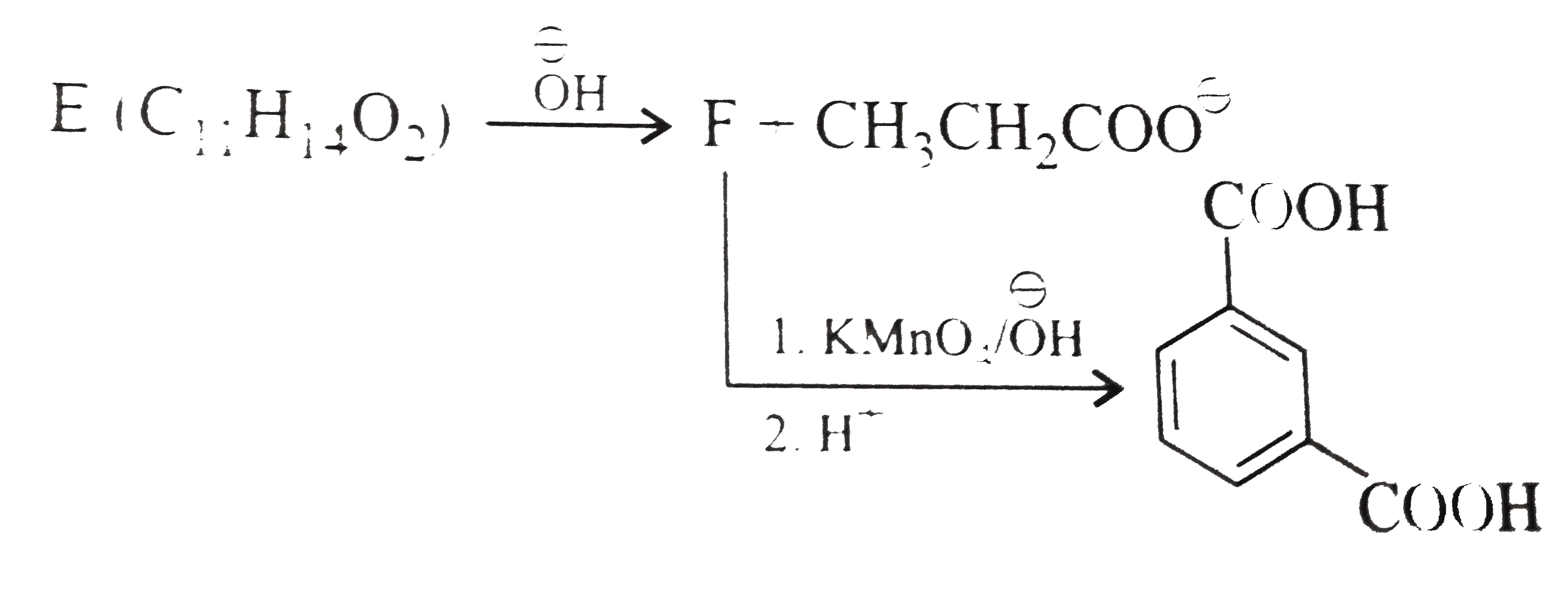 .03:33View Solution
.03:33View SolutionWrite down the structures of `(G)` and `(H)` where `(G)` is `C_4 H_8 O_3`.
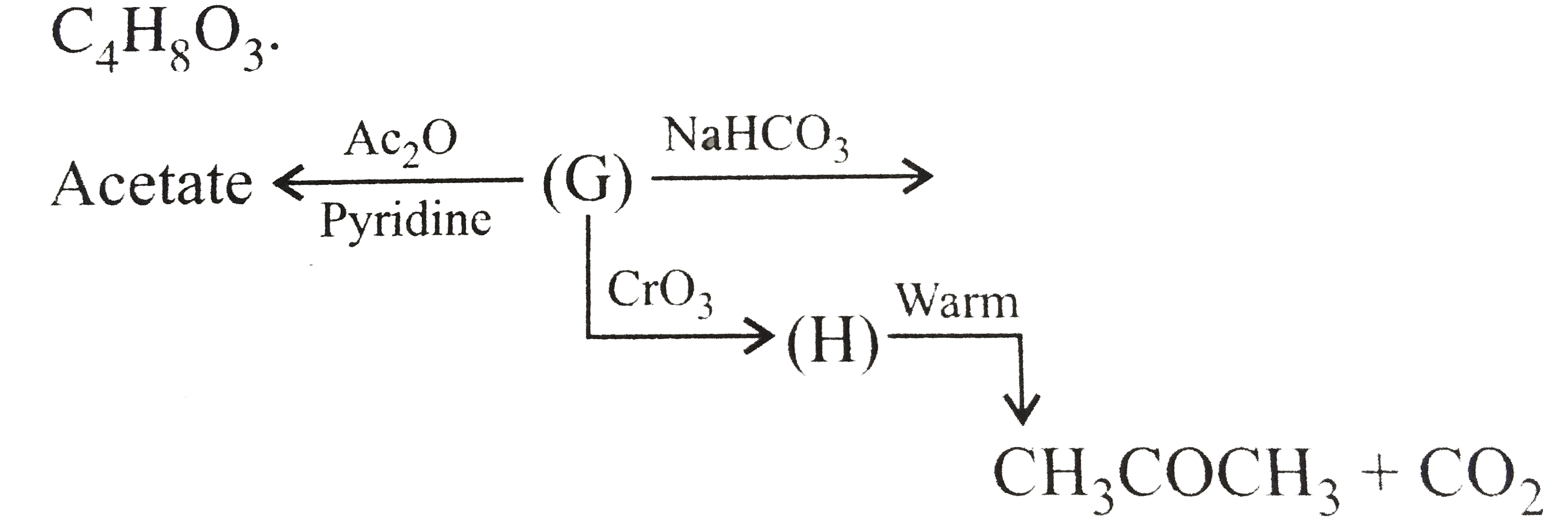 .02:48View Solution
.02:48View SolutionA compound `(X)` with the molecular formula `C_6 H_10 O_4` is a neutral liquid. On heating `(X)`, under reflux with aqueous sodium hydroxide and distilling the product. A colourless liquid is obtained which on warming with iodine and aqueous sodium hydroxide gives a pale yellow precipatate `(Y)`. The residue in the distilling flask is the sodium salt of an acid `(Z)`, which decolourises aqueous acidified potassium permaganate `(VII)` on heating. Identify `(X), (Y)`, and `(Z)` and give all the reactions involved.
04:00View SolutionA dibasic organic acid gave the following results on analysis : `0.2496 gm` of acid gave `0.3168 gm CO_2` and `0.0864 gm H_2 O` Further, `0.1092 gm` of acid was exactly neutralised by `21 ml` of `N//10 NaOH`. Calculate the molecular formula of the acid and write down its structural formula.
05:21View SolutionAn organic diabasic acid `(A)` gave the following on analysis :
`C = 57.8 %, H = 3.6 %`. Its silver salt contained `56.8 % Ag`. On heating `(A)` gives a product `(B)` which on heating with `NH_3`gives `( C) (C_8 H_5 O_2 N)`. Compound `( C)` forms potassium salt with alc. `KOH` and is converted into o-aminobenzoic acid with `NaClO`. Assign structures to `(A), (B),` and `( C)`.07:06View SolutionAn organic compound `(A)` on treatment with ethyl alcohol gives a carboxylic acid `(B)` and compound `( C)`. The hydrolysis of `( C)` under acidic conditions gives `(B)` and `(D)`. Oxidation of `(D)` with `KMnO_4` also gives `(B)`. `(B)` on heating with `Ca(OH)_2` gives `(E)` (molecular formula, `C_3 H_6 O`). `(E)` does not give Tollens test and does not reduce Fehling's solution but forms a `2,4-`dinitrophenyl hydrazone. Identify `(A),(B), ( C), (D)`, and `(E)`.
06:12View SolutionAn organic compound `(A) (C_5 H_8 O_3)` on heating with soda lime gives `(B)` which reacts with `HCN` to give `( C)`. The compound `( C)` reacts with thionyl chloride to produce `(D)` which on reaction with `KCN` gives a compound `( E)`. Alkaline hydrolysis of `( E)` gives a salt `(F)` which on heating with soda lime produces `n-butane`. Careful oxidation of `(A)` with dichromate give acetic acid and malonic acid. Give the structures to `(A)` to `(F)` with proper reasoning.
06:02View Solution
Exercises (Subjective) questions and complete solutions for chapter CARBOXYLIC ACIDS AND THEIR DERIVATIVES of CENGAGE CHEMISTRY (HINGLISH) of Class 12
All Exercises from CENGAGE CHEMISTRY Class 12 CHEMISTRY CARBOXYLIC ACIDS AND THEIR DERIVATIVES
- Exercises (Assertion-Reasoning)
- Exercises (Linked Comprehension)
- Exercises (Multiple Correct)
- Exercises (Singlecorrect)
- Exercises (Subjective)
- Exercises Archives (Analytical And Descriptive)
- Exercises Archives (Assertion-Reasoning)
- Exercises Archives (Fill In The Blanks)
- Exercises Archives (Linked Comprehension)
- Exercises Archives (Multiple Correct)
- Exercises Archives (Single Correct)
- Exercises Archives (True/False)
- Illustration
- Solved Examples
